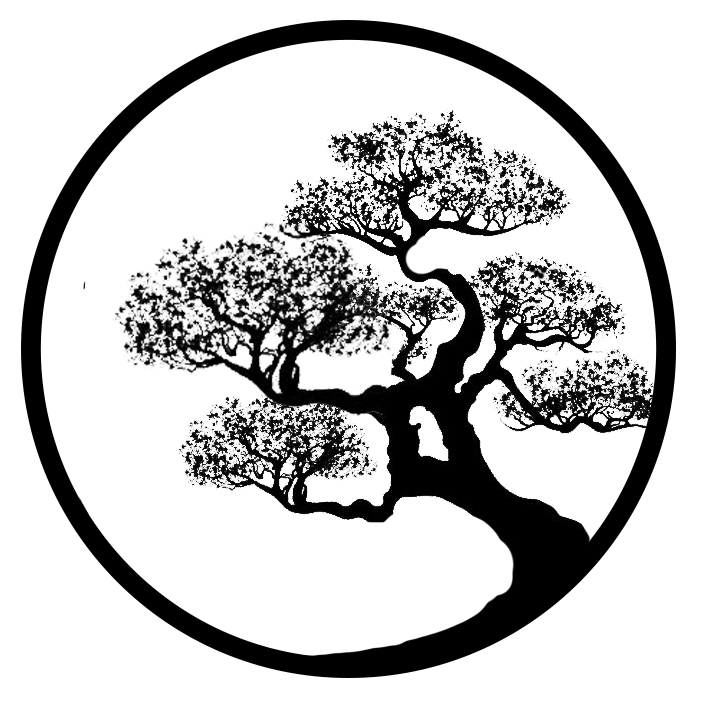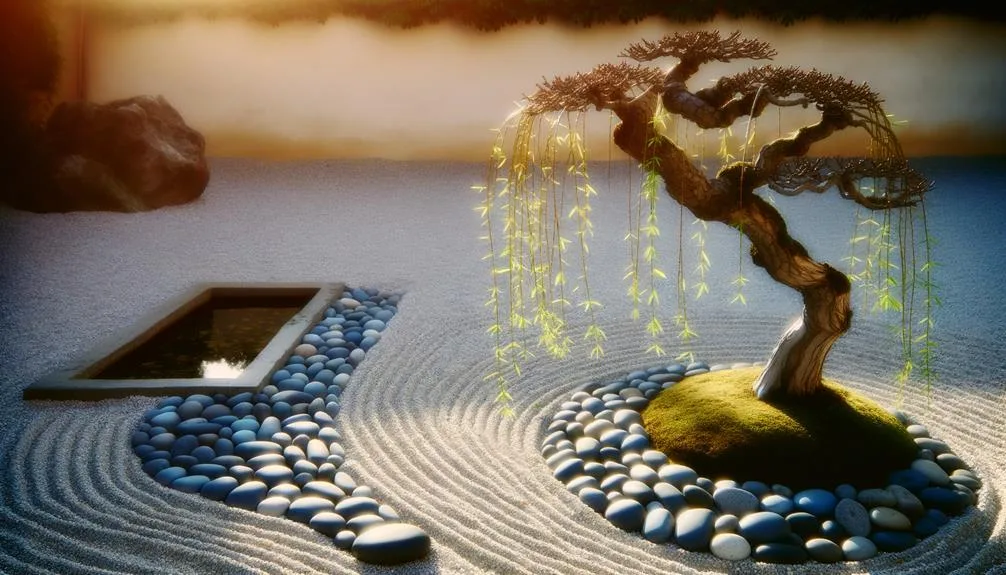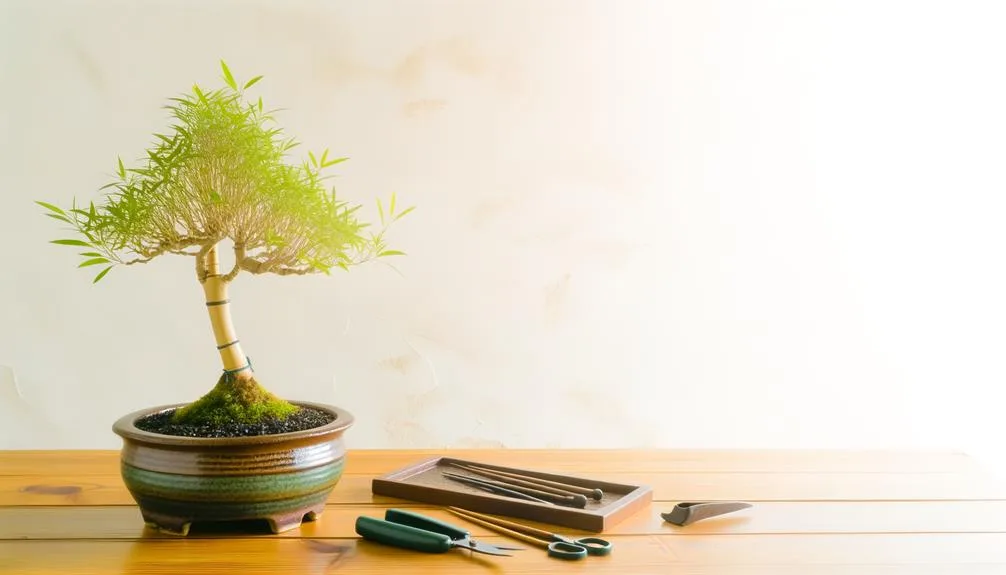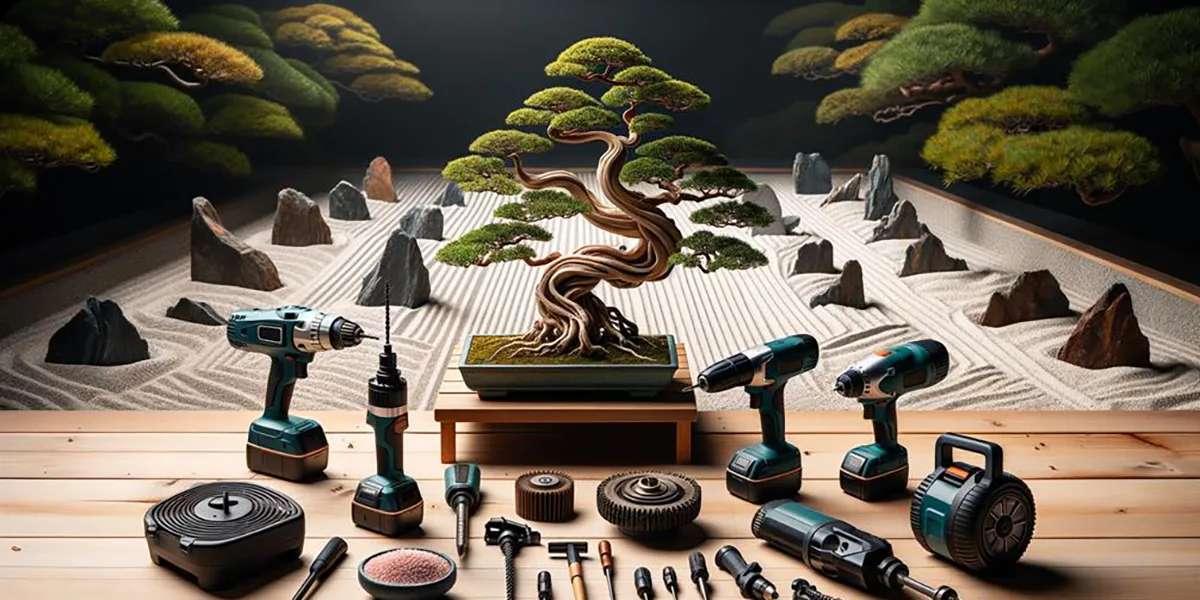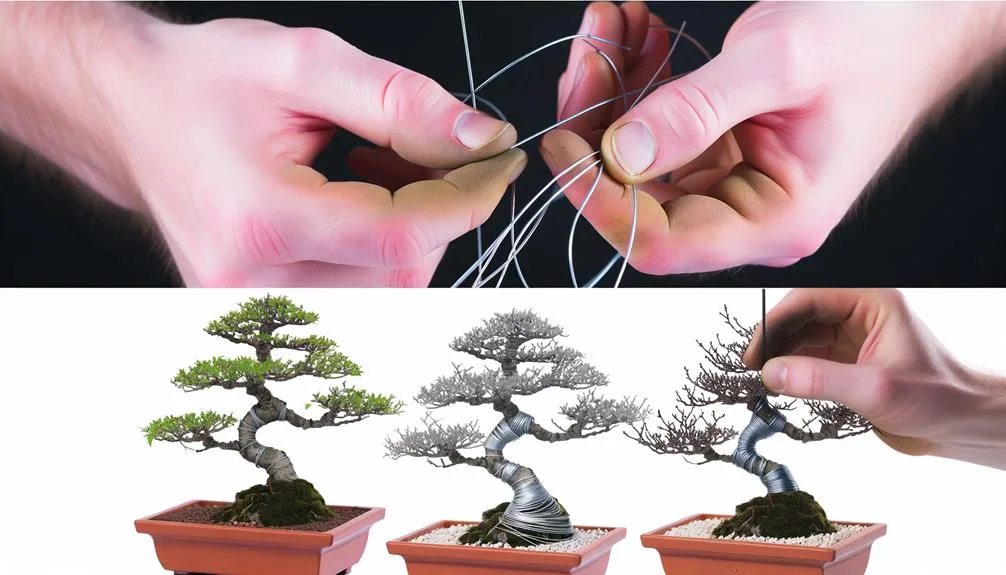You might believe that the key to inner tranquility is meditating on top of a secluded mountain, but have I ever shared about the peaceful allure of a Willow Bonsai tree?
With its graceful, draping leaves and unique trunk, it’s like having a miniature Zen garden right in my own living room. It’s not only about the visual charm, there’s much more to these tiny trees than what initially meets the eye.
From grasping their growth patterns to mastering the correct watering and fertilizing techniques, it’s a journey that demands my patience and attention.
Now, wouldn’t you like to delve into this serene world a little more with me?
Key Takeaways
- Weeping Willow Bonsai trees require adequate sunlight, proper watering, and fertilizing for care.
- Regular pruning and shaping are necessary for the growth and development of the tree.
- Pests and diseases like aphids and fungal infections should be monitored and controlled.
- Choosing the right bonsai, proper watering techniques, and attention to sunlight exposure are crucial for the tree’s health and wellbeing.
Understanding Willow Bonsai Trees
To fully appreciate the tranquil beauty of a Weeping Willow Bonsai tree, it’s essential to comprehend its distinctive appearance, care requirements, and growth patterns.
This bonsai, scientifically known as Salix babylonica, is a striking addition to any collection, with its hanging branches and elongated leaves that cultivate a serene atmosphere.
Caring for Willow Bonsai encompasses adequate exposure to sunlight, monitoring soil moisture for appropriate watering, and using slow-release organic fertilizer. Regularly transplanting the tree into well-draining substrate is also crucial. It becomes evident that understanding these trees’ growth and development necessitates consistent pruning and shaping.
Your Willow Bonsai Trees will necessitate the use of sharp and sanitized bonsai pruners. The practice of wiring branches is useful in achieving the desired forms, and observing growth patterns assists in refining your bonsai’s appearance. It’s important to note pests and diseases like aphids, scale insects, and fungal infections, to ensure the wellbeing of your tree.
In essence, mastering the care and maintenance of your Weeping Willow Bonsai demands an investment of time in comprehending its unique features. This endeavor can lead to a deeper connection with nature and a serene hobby that culminates in a beautiful display.
Cultivating Weeping Willow Bonsai
Cultivating a Weeping Willow Bonsai isn’t hard if you follow a few key steps.
First, you’ll need to choose your bonsai and learn the right watering techniques.
Then, you can focus on encouraging healthy growth through regular pruning.
Choosing Your Willow Bonsai
In the process of selecting your Weeping Willow Bonsai, it’s crucial to be aware that these enchanting trees demand certain conditions to flourish. To craft your personal bonsai and ensure your bonsai tree remains robust, you must grasp the needs of the willow.
Take note of these essential points:
- Make sure your Willow Bonsai receives at least six hours of sunlight each day.
- Employ slow-release organic fertilizer during the seasons of spring and autumn.
- Frequently check for and control pests and diseases.
The distinguishing feature of your Weeping Willow Bonsai Tree is its draping branches. To preserve this, attention to care and styling is vital. This includes regular pruning to shape the tree. The health and aesthetic appeal of the willow tree rely on your proficiency in these necessities.
Pruning and Watering Techniques
Comprehending apt pruning and watering methods is paramount when trying to uphold the drooping look and preferred form of your Weeping Willow Bonsai. For a healthy tree, it’s essential to water your bonsai frequently, making sure the soil stays damp through steady watering.
During pruning, cut down the new growth to sustain the wanted form. Employ organic fertilizer to feed the tree and promote growth. Here is an uncomplicated care guide:
| Task | Technique | Frequency |
|---|---|---|
| Watering | Keep the soil moist | Regularly |
| Pruning | Trim back the new growth | As needed |
| Fertilizing | Use organic fertilizer | According to package instructions |
Encouraging Healthy Growth
Having understood the watering, pruning, and fertilization basics, it’s time to focus on supplementary strategies for promoting healthy growth in your Weeping Willow Bonsai. Promoting health and growth isn’t just about watering and pruning; it involves creating a suitable environment where your bonsai can flourish.
Consider these three important factors:
- Make sure your Willow Bonsai receives a minimum of six hours of direct sunlight each day.
- Apply slow-release organic fertilizer in the spring and fall seasons to stimulate healthy growth and a lively appearance.
- Repot and trim roots on a regular basis to foster new growth.
Light and Watering Requirements
Understanding the light and watering requirements of your Weeping Willow Bonsai tree is essential to its care. Positioning it in a sunny spot and ensuring it’s watered carefully are crucial for its growth. Your tree requires a minimum of six hours of direct sunlight each day. It should be placed near a window to absorb the morning sun, but be sure to offer some shade during the intense heat of the afternoon.
The act of watering is a delicate balance. It’s necessary to water every day, but the quantity is dependent on the soil’s level of moisture. The soil shouldn’t be allowed to become completely dry, but overwatering should also be avoided. Using a spray bottle is an effective way to maintain soil moisture, but it’s important that water is able to drain out to avoid root rot. When the weather becomes warmer, watering may need to be done more frequently.
Keeping the environment humid is also important, and this can be achieved by regularly misting the foliage. This not only fulfills the tree’s light and water needs but also promotes its overall well-being.
Caring for your Bonsai is an everyday commitment, but as time progresses, you’ll become accustomed to its needs. The reward of a healthy and thriving Bonsai is well worth the effort.
Fertilizing Your Willow Bonsai
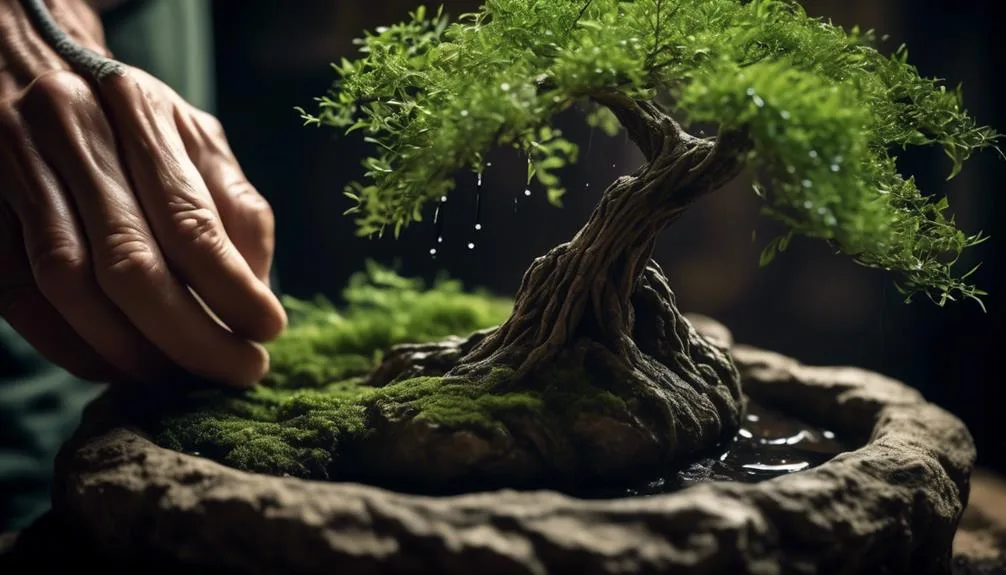
The method of fertilizing your willow bonsai is quite uncomplicated:
- Opt for a balanced fertilizer. This is crucial in sustaining a healthy growth rate and improving your Bonsai’s visual appeal.
- Adhere to the suggested dosage. Excessive fertilizing can cause harm, so always stick to the guidelines provided on the fertilizer packaging.
- Be vigilant for symptoms of nutrient deficiency. Leaves turning yellow are often a sign of this.
Maintaining the health and vibrancy of your Willow Bonsai tree necessitates the use of slow-release organic fertilizer during the spring and autumn seasons. This crucial aspect of Willow Bonsai care ensures the tree’s dietary needs are met.
Potting and Propagation Techniques
Immersing oneself in the techniques of potting and propagation, it becomes apparent that Willow Bonsai Trees demand being repotted biannually. This routine places emphasis on root trimming and employs a substrate that drains well. The purpose of this regimen is essentially reviving the tree’s root system and encouraging robust growth. It’s paramount to use a pot that has abundant drainage holes to ward off waterlogging.
The repotting should be carried out in the growing season when the tree shows maximum resilience. The first step involves separating the tree from its pot and trimming the roots. After this, the tree must be repositioned in a blend of fresh soil. This soil blend should have the characteristic of being porous, hence facilitating easy water drainage.
As for propagation techniques, cuttings are a widely accepted method. One should select a healthy branch, treat it with rooting hormone, and situate it in a pot. It’s vital to maintain the soil moisture until roots form.
The method to shape the tree involves wiring the branches into the preferred position. It’s crucial to keep checking the wire throughout the growing season to prevent it from cutting into the bark.
With diligent potting and propagation practices, mastery over the art of Willow Bonsai cultivation is attainable.
Growth and Development Stages
The journey through the growth and development stages of a Weeping Willow Bonsai can be a quick, transformative experience. This particular type of Bonsai, known for its swift growth, can reach maturity in just a few years.
Cultivating your Willow Bonsai includes several crucial steps:
- Early Spring Pruning: Cut back branches to keep the preferred shape. Using sharp, clean bonsai pruners is recommended for this task.
- Proper Watering: Hydrate your bonsai sufficiently without causing water to accumulate in the pot, which could result in root damage.
- Sunlight: Make sure your bonsai receives ample sunlight to encourage robust growth and lively foliage.
During these stages, attentiveness is essential. Routinely check your bonsai for indications of pests, like aphids, and conditions such as root rot. If detected, take immediate action to preserve the bonsai’s health.
Becoming proficient in the art of bonsai requires patience and detailed observation. Over time, you can nurture a Willow Bonsai that not only thrives but also brings a sense of peace to your environment.
Managing Pests and Diseases
Maintaining health and addressing pests and diseases in your Willow Bonsai requires regular inspection and proactive steps. Keep an eye out for pests such as aphids and scale insects. Aphids can be managed with insecticidal soap or neem oil. Scale insects, on the other hand, can be dealt with through manual removal or the use of insecticidal oils.
Pay attention to diseases such as root rot, which can be caused by excessive watering or inadequately draining soil. Ensure good drainage and airflow to avoid this issue. Fungal infections can also pose a threat to your trees, so early detection and intervention are important.
The health of your bonsai is an art that demands consistent focus to defend against pests and diseases. Proper watering, fertilizing, and care are essential.
For weeping willow trees, careful management of pests and diseases is needed to maintain their unique characteristics. If a dead branch is found, remove the wire and take it off. This not only keeps your tree healthy but also highlights the tranquil beauty of your Willow Bonsai.
Dragon Willow Bonsai Overview
Often hailed as a marvel of bonsai artistry, Dragon Willow Bonsai trees provide an engaging display with their twisted trunks, branches, and changing leaf colors. This dragon willow bonsai review will reveal the calming nature of willow bonsai trees and their special contribution to this beautiful art form.
Key features of the Dragon Willow Bonsai include:
- Its elegant branches, which are frequently grown in a twisted style, increasing its charm
- The need for good drainage conditions for its health and growth
- Its resilience and strength, representing the bonsai’s essential traits of harmony and balance
Caring for this bonsai involves consistent sunlight and temperature, regular pruning, and fertilization. It’s crucial to closely watch its growing conditions, making sure it receives just the right amount of care.
The Dragon Willow Bonsai is more than just a plant; it’s a symbol of strength and tranquility. It’s a living witness to the beauty and peace that can be achieved through the patient cultivation of nature.
Experience the world of bonsai, let this tree offer you relaxation, and feel the peace it brings.
Frequently Asked Questions
Can a Willow Bonsai Be Kept Indoors?
Yes, you can keep a Willow Bonsai indoors. It needs at least 5 hours of sunlight daily. Regular watering, fertilizing, and pruning are crucial. Stay vigilant against pests and diseases to maintain its health.
Do Willow Trees Make Good Bonsai?
Yes, willow trees make excellent bonsai. They’ve unique hanging foliage that creates tranquility. They need sun, regular pruning, and careful pest management. You can propagate them in various ways, including cuttings and grafting.
What Is the Rule of 3 in Bonsai Tree?
In bonsai, the ‘rule of 3’ is about balance. You select three main branches, evenly spaced around the trunk, to form the tree’s framework. It’s key for symmetry and aesthetic appeal in your bonsai’s design.
